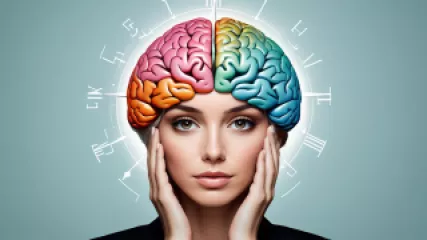How to Improve Mindful Communication for Effective Virtual Therapy Sessions
1 year ago
Mindful Communication
My Journey to Improving Communication Skills for Social Interaction
1 year ago
Communication Skills
Mastering Mindful Communication: An Interview with a Communication Expert
1 year ago
Mindful Communication
How to Boost Nonverbal Communication Skills in 5 Steps
1 year ago
Communication Skills
The Ultimate Guide to Therapeutic Self-Disclosure
1 year ago
Therapeutic Self Disclosure
Unlocking the Power of Mindful Communication: A Research Summary
1 year ago
Mindful Communication
How Can Mindfulness Benefit Students in the Classroom?
1 year ago
Mindfulness in Education
10 Best Mental Wellness Practices for Emotional Well-Being
1 year ago
Mental Wellness
My Journey to Overcome Bullying and Embrace Bully Prevention Therapy
1 year ago
Bullying Prevention
Cultivating Mindfulness in Classrooms: Lessons from 'Inside Out'
1 year ago
Mindfulness in Education
What are the Benefits of Therapeutic Self-Disclosure for Mental Health?
1 year ago
Therapeutic Self Disclosure
Exploring the Benefits of Mindful Communication in Relationships
1 year ago
Mindful Communication
Effective Strategies for Child Behavior Management
1 year ago
Child Behavior
The Power of Mindful Communication in Online Therapy Sessions
1 year ago
Mindful Communication
Understanding Therapeutic Self-Disclosure: A Comprehensive Guide
1 year ago
Therapeutic Self Disclosure















